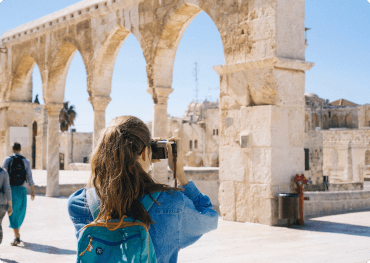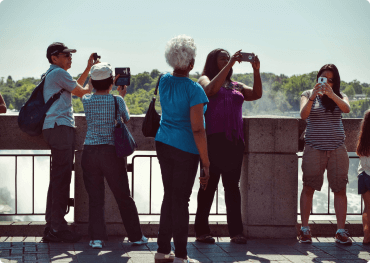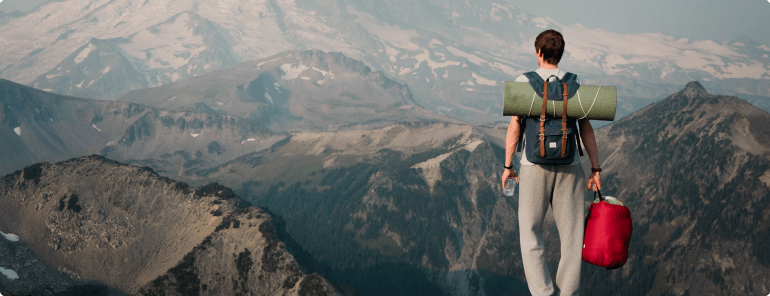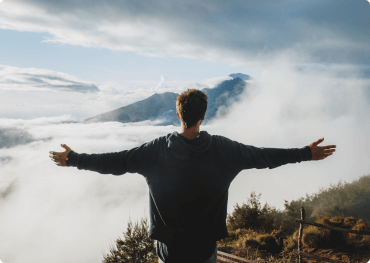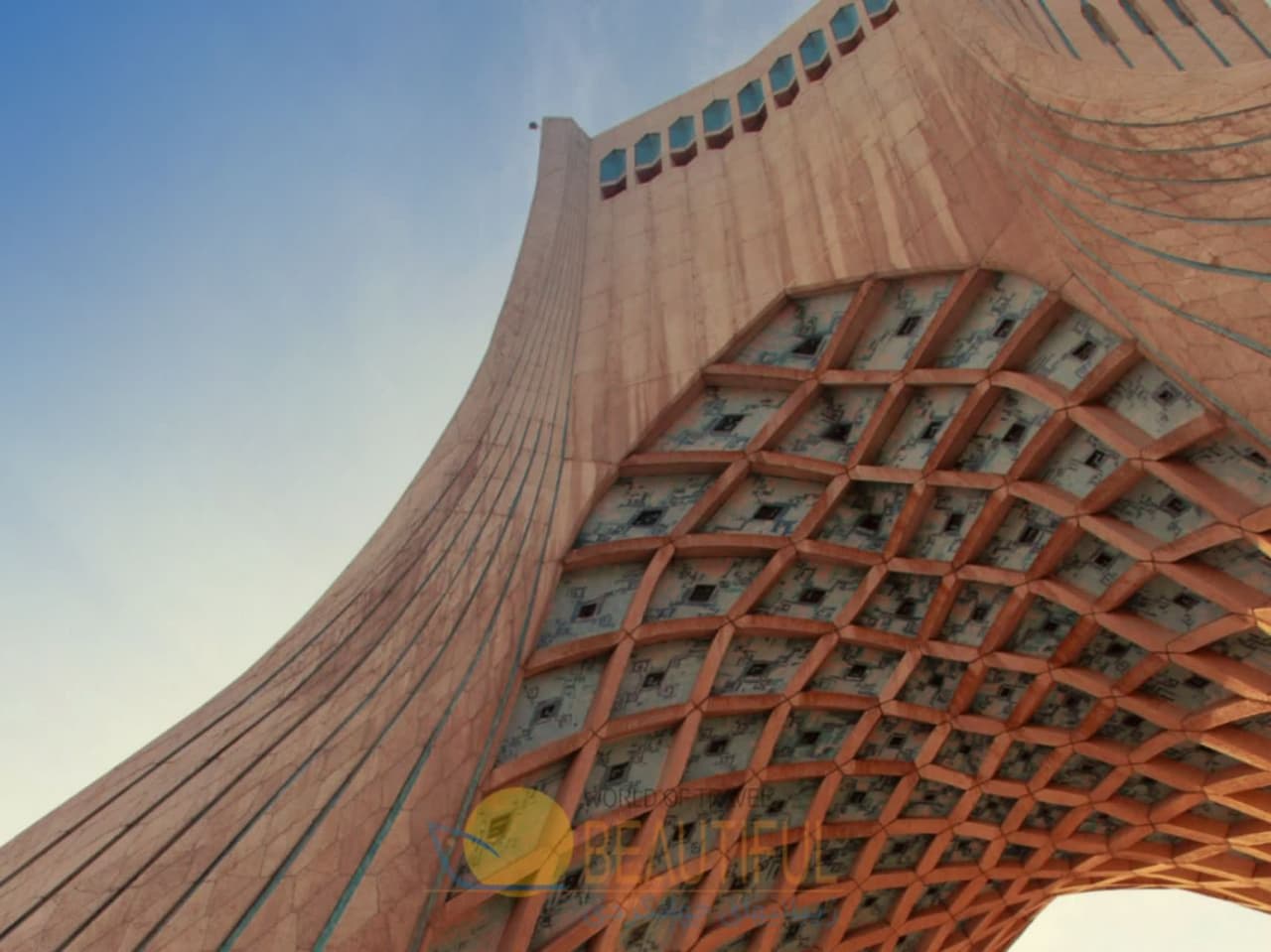
Tehran, Isfahan, Kashan
CL-514
Package Details
Day 1: Flight from your home country to Tehran
We prepare ourselves for a fabulous trip to Great Persia. After custom formality, meet and assist at airport and transfer to the Hotel.
Day 2: Tehran
After breakfast, full day visit Tehran: Golestan Palace, Grand Baazar, Abgineh Museum
O/N: Tehran
The Golestan Palace is the former royal Qajar complex in Iran's capital city, Tehran.
The oldest of the historic monuments in Tehran, and of world heritage status, the Golestan Palace belongs to a group of royal buildings that were once enclosed within the mud-thatched walls of Tehran’s Historic Arg (citadel). It is a masterpiece of beautiful garden and buildings consist of collection of Iranian crafts and European presents from 18th and 19th century.
Golestan Palace Complex consists of 17 structures including palaces, museums, and halls. Almost all of this complex was built during the 200 years ruling of Qajarian kings. These palaces were used for many different occasions such as coronation and other important celebrations. It also consists of three main archives as the royal photographic archive collection 'Album khane', the royal library of manuscripts 'Ketabkhane Nosakhe khati' and the archive of documents 'Markaze asnad'.
The Grand Bazaar is an old historical market in Tehran, the capital of Iran.
Located at the Arg Square in Southern Tehran, it is split into several corridors over 10 km in length, each specializing in different types of goods, and has several entrances, with the main being the entrance of Sabze Meydan. In addition to shops, the Grand Bazaar of Tehran has contained banks, mosques and guest houses.
While the current bazaar is most associated with the 19th century onwards, its roots go back much further.
The area around Tehran has been settled since at least 6,000 BCE, and while bazaar-like construction in Iran as a whole has been dated as far back as 4,000 BCE, Tehran's bazaar is not this old. It is hard to say exactly when the "bazaar" first appeared, but in the centuries following the introduction of Islam, travellers reported the growth of commerce in the area now occupied by the current bazaar. The Grand bazaar is a continuation of this legacy.
Research indicates that a portion of today's bazaar predated the growth of the village of Tehran under the Safavids' dynasty, although it was during and after this period that the bazaar began to grow gradually.
Glassware and Ceramic Museum (Abgineh museum): This museum, which is actually a historical house, is 90 years old. It belonged to Ahmad Qavam, one of the famous politicians of Qajar era. He had used this beautiful house as his residence and working office. For a short time this place was the embassy of Egypt and then it was sold to Farah Pahlavi’s bureau in 1976. Finally, in 1980, it was turned into a museum and in 1998 it was registered in the list of Iran National Heritage.
Day 3: Tehran
After breakfast, full day visit Tehran: Niyavaran Palace, Saad Abad Palace, Tajrish Baazar
O/N: Tehran
The Niavaran Complex is a historical complex situated in Shemiran, Tehran (Greater Tehran), Iran. It consists of several buildings and monuments built in the Qajar and Pahlavi eras. The complex traces its origin to a garden in Niavaran region, which was used as a summer residence by Fath-Ali Shah of the Qajar Dynasty. A pavilion was built in the garden by the order of Naser ed Din Shah of the same dynasty, which was originally referred to as Niavaran House, and was later renamed Saheb Qaranie House. The pavilion of Ahmad Shah Qajar was built in the late Qajar period.During the reign of the Pahlavi Dynasty, a modern built mansion named Niavaran House was built for the imperial family of Mohammad Reza Pahlavi. All of the peripheral buildings of the Saheb Qaranie House, with the exception of the Ahmad Shahi Pavilion, were demolished, and the buildings and structures of the present-day complex were built to the north of the Saheb Qaranie House. In the Pahlavi period, the Ahmad Shahi Pavilion served as an exhibition area for the presents from world leaders to the Iranian monarchs.
The Sa'dabad Complex is a complex built by the Qajar and Pahlavi monarchs, located in Shemiran, Greater Tehran, Iran. Today, the official residence of the President of Iran is located adjacent to the complex.
The complex was first built and inhabited by Qajar monarchs in the 19th century. After an expansion of the compounds, Reza Shah of the Pahlavi Dynasty lived there in the 1920 s, and his son, Mohammad Reza Pahlavi, moved there in the 1970 s. After the 1979 Revolution, the complex became a museum.
Tajrish Market: The market on the one hand and Rehabilitation field, from the other competent shrine and the surrounding streets has access. Reliance Big Rehabilitation is one of the oldest accents located in Tehran in this market. Rehabilitation market a small sample of the Tehran bazaar is one of the oldest shopping centers Shemiran is the bridgehead and Rehabilitation connecting the two neighborhoods.
Day 4: Tehran - Isfahan
After breakfast, check out hotel and drive to Isfahan (451 km).Afternoon arrival to Isfahan and check in hotel
Evening visit Naqsh-e Jahan Square Complex
O/N: Isfahan
Naqsh-e Jahan Square, known as Imam Square, formerly known as Shah Square, is a square situated at the center of Isfahan city, Iran. Constructed between 1598 and 1629, it is now an important historical site, and one of UNESCO's World Heritage Sites. The square is surrounded by buildings from the Safavid era. The Shah Mosque is situated on the south side of this square. On the west side is the Ali Qapu Palace. Sheikh Lotf Allah Mosque is situated on the eastern side of this square and at the northern side Keisaria gate opens into the Isfahan Grand Bazaar.
Ali Qapu Aali Qapu is a grand palace in Isfahan, Iran. It is located on the western side of the Naqsh-e Jahan Square opposite to Sheikh lotfollah mosque, and had been originally designed as a vast portal.
The building, another wonderful Safavid edifice, was built by decree of Shah Abbas the Great in the early seventeenth century. It was here that the great monarch used to entertain noble visitors, and foreign ambassadors. Shah Abbas, here for the first time celebrated the Nowruz (New Year's Day) of 1006 AH / 1597 C.E.
The Lotfollah Mosque : Sheikh Lotfollah Mosque is one of the architectural masterpieces of Iranian architecture that was built during the Safavid Empire, standing on the eastern side of Naqsh-i Jahan Square, Esfahan, Iran. Construction of the mosque started in 1603 and was finished in 1619. It was built by the chief architect Shaykh Bahai, during the reign of Shah Abbas I of Persia. On the advice of Arthur Upham Pope, Reza Shah Pahlavi had the mosque rebuilt and repaired in the 1920s.
The Lotfollah Mosque had a secret entrance that spanned underneath the Maidan, from the Palace on the opposite side of the square.
The Bazaar of Isfahan is a historical market and one of the oldest and largest bazaars of the Middle East. Although the present structure dates back to the Safavid era, parts of it are more than a thousand years old, dating back to the Seljuq dynasty. It is a vaulted, two kilometer street linking the old city with the new.
Day 5: Isfahan
After breakfast, Full day visit Isfahan: Chehel Sotoun, Hasht Behesht, Vank Cathedral
O/N: Isfahan
Chehel Sotoun ( “Forty Columns”) Chehel Sotoun is a pavilion in the middle of a park at the far end of a long pool, in Isfahan built by Shah Abbas II to be used for the Shah's entertainment and receptions. In this palace, Shah Abbas II and his successors would receive dignitaries and ambassadors, either on the terrace or in one of the stately reception halls.
The name, "Forty Columns," was inspired by the twenty slender wooden columns supporting the entrance pavilion, which, when reflected in the waters of the fountain, are said to appear to be forty.
Hasht Behesht, meaning "Eight Paradises" is a Safavid era palace in Isfahan.
It was built in 1669 and is today protected by Iran's Cultural Heritage Organization. Of more than forty mansions which existed in Isfahan during the rule of Safavids, this is the only one left today.
Holy Savior Cathedral is a cathedral located in the New Julfa district of Isfahan, Iran. It is commonly referred to as the Vank , which means "monastery" or "convent" in Armenian language.
The cathedral was established in 1606, dedicated to the hundreds of thousands of Armenian deportees that were resettled by Shah Abbas I during the Ottoman War of 1603-1618.
Day 6: Isfahan – Kashan - Departure
After breakfast, check out hotel and drive to International airport, in the way visit Kashan (Fin Garden & Tabatabaei House).
Fin Garden Fin Garden located in Kashan, Iran, is a historical Persian garden. It contains Kashan's Fin Bath, where Amir Kabir, the Qajarid chancellor, was murdered by an assassin sent by King Nasereddin Shah in 1852. Completed in 1590, the Fin Garden is the oldest extant garden in Iran.
The origins of the garden may be anterior to the Safavid period; some sources indicate that the garden has been relocated from another place, but no clear picture of it has been found.
Tabatabai House which was registered under number 1504, in the second half of the 13th century AH by Haj Seyed Jafar Tabatabai merchants Natanz resident of Kashan in the neighborhood Sultan Amir Ahmad was built.
Architect manufacturer of the master Ustad Ali Maryam and plaster involved in the art and drawings by students Mirza Abul Hassan Sani-ol-Molk Ghaffari Kashani, and under him were doing.
Evening arrival to international airport and flight to your home
Details
Pellentesque accumsan magna in augue sagittis, non fringilla eros molestie. Sed feugiat mi nec ex vehicula, nec vestibulum orci semper. Class aptent taciti sociosqu ad litora torquent per conubia nostra, per inceptos himenaeos. Donec tristique commodo fringilla. Duis aliquet varius mauris eget rutrum. Nullam sit amet justo consequat, bibendum orci in, convallis enim. Proin convallis neque viverra finibus cursus. Mauris lacinia lacinia erat in finibus.
Pellentesque accumsan magna in augue sagittis, non fringilla eros molestie. Sed feugiat mi nec ex vehicula, nec vestibulum orci semper. Class aptent taciti sociosqu ad litora torquent per conubia nostra, per inceptos himenaeos. Donec tristique commodo fringilla.
- Specilaized Bilingual Guide
- Private Transport
- Entrance Fees
- Box Lunch,Water,Dinner and Snacks
Pellentesque accumsan magna in augue sagittis, non fringilla eros molestie. Sed feugiat mi nec ex vehicula, nec vestibulum orci semper. Class aptent taciti sociosqu ad litora torquent per conubia nostra, per inceptos himenaeos. Donec tristique commodo fringilla.
- Specilaized Bilingual Guide
- Private Transport
- Entrance Fees
- Box Lunch,Water,Dinner and Snacks
Pellentesque accumsan magna in augue sagittis, non fringilla eros molestie. Sed feugiat mi nec ex vehicula, nec vestibulum orci semper. Class aptent taciti sociosqu ad litora torquent per conubia nostra, per inceptos himenaeos. Donec tristique commodo fringilla.
- Specilaized Bilingual Guide
- Private Transport
- Entrance Fees
- Box Lunch,Water,Dinner and Snacks
Pellentesque accumsan magna in augue sagittis, non fringilla eros molestie. Sed feugiat mi nec ex vehicula, nec vestibulum orci semper. Class aptent taciti sociosqu ad litora torquent per conubia nostra, per inceptos himenaeos. Donec tristique commodo fringilla.
- Specilaized Bilingual Guide
- Private Transport
- Entrance Fees
- Box Lunch,Water,Dinner and Snacks
Pellentesque accumsan magna in augue sagittis, non fringilla eros molestie. Sed feugiat mi nec ex vehicula, nec vestibulum orci semper. Class aptent taciti sociosqu ad litora torquent per conubia nostra, per inceptos himenaeos. Donec tristique commodo fringilla.
- Specilaized Bilingual Guide
- Private Transport
- Entrance Fees
- Box Lunch,Water,Dinner and Snacks







